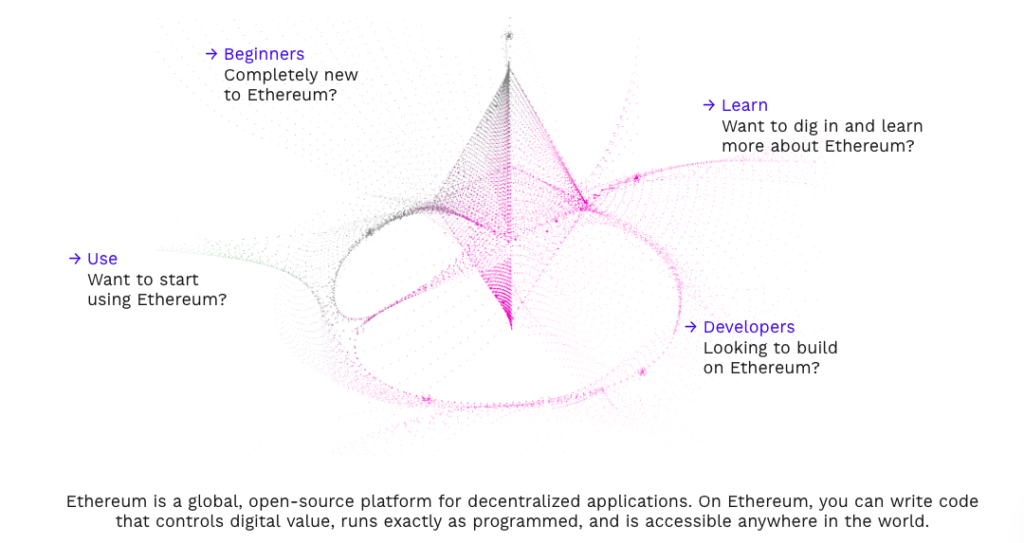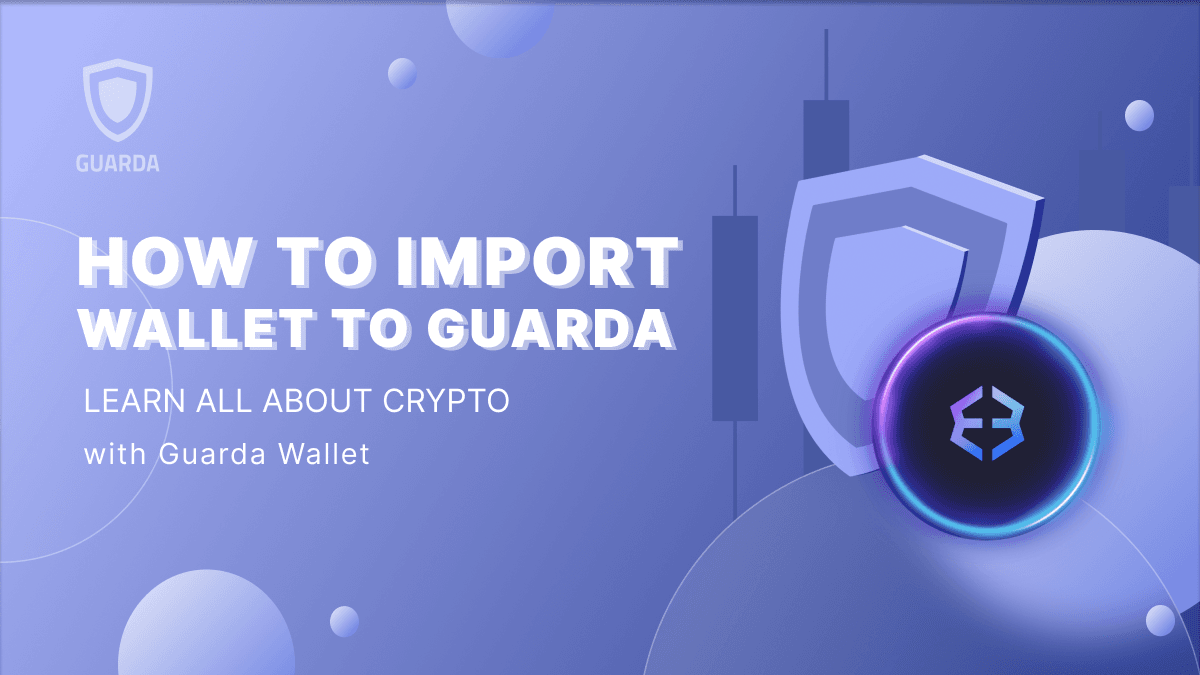What is ERC-20?
 The ERC-20 is neither a form of technology nor a type of software nor a unique piece of code. Then what? It’s rather a technical specification that a new token on the platform implements. ERC-20 was proposed in 2015 by Fabian Vogelsteller (an Ethereum developer and author of many open-source projects including Ethereum’s Mist browser and the Ethereum Wallet) together with Vitalik Buterin (a co-founder of Ethereum and Bitcoin Magazine) as a technical standard for smart contracts on the Ethereum blockchain for implementing tokens.
The ERC-20 is neither a form of technology nor a type of software nor a unique piece of code. Then what? It’s rather a technical specification that a new token on the platform implements. ERC-20 was proposed in 2015 by Fabian Vogelsteller (an Ethereum developer and author of many open-source projects including Ethereum’s Mist browser and the Ethereum Wallet) together with Vitalik Buterin (a co-founder of Ethereum and Bitcoin Magazine) as a technical standard for smart contracts on the Ethereum blockchain for implementing tokens.
ERC in the title is an acronym for Ethereum Request for Comment, and 20 is the number that was assigned to the standard. Token standard refers to the rules that apply to every ERC-20 token on the Ethereum network and by which every token interacts with others on the network. There is a simple interface that allows the creation of tokens on Ethereum that can be re-used by other applications, from wallets to decentralized exchanges.
How to store ERC-20 tokens?
Because ERC-20 tokens are built on the Ethereum blockchain, they share the same receiving address as your Ethereum (ETH). There is a huge variety of Ethereum wallets on the market since it’s one of the top blockchains and attracts much attention from the developers. The soaring numbers of variants make the choice extremely difficult and challenging. In order to help you with making a decision, the Guarda team has prepared a check-list of the main criteria and requirements.
Look for a safe ERC-20 storage
Since we’re talking of money, the security is essential. No fancy features of the wallet will help if the assets are not safe. Generally, we recommend looking for a free of custody storage. In comparison to custodial wallets, non-custodial ones significantly reduce the risk of losing money and seem to be more reliable in the whole. The custody-free principle means that the company doesn’t keep or share with any third-party services the user’s personal data or private keys. In this case, you’re always in charge of the funds and backups.
Find a frequently updated token wallet
You probably know that FinTech products mostly demonstrate their reliability through the regularity of updates and improvements. In this sphere, evolution equals security. Thus, before trusting a new wallet with your money, you’d better check its update history. We’re not talking of any specific analysis, just look through the wallet’s official website, blog and networking pages. Normally, you will find all the necessary information about adding new features, bug fixes and other relevant types of the developer’s activity. In case you observe long periods of silence, it’s better to think twice and go for some other variant.
Pay attention to the reviews
Never underestimate user feedback. On the step of choosing a wallet, it can help to evaluate its trustworthiness, while on the following steps, it can help with understanding the wallet’s special features and peculiarities. Check the dedicated page in App Store or Google Play for a mobile application, as well as such specialized review platforms like Trustpilot for web, desktop or Chrome extension versions.
While reading the users’ comments, pay attention also to the developer’s activity. Do the company representatives answer quickly and politely? Are they really interested in solving the users’ problems or they’re just simulating the activity? If they do not answer at all and leave many requests unattended, you should definitely be suspicious and look for a better option.
Keep in touch with the wallet community
Getting familiar with the community of your wallet is more important than you probably think. It is more than just a social club — first of all, it’s a great source of information. Such communities are swarming with crypto enthusiasts who can share their valuable experience and answer most of the beginner’s questions. If you’re new to blockchain technology and cryptocurrency market join your like-minds on Twitter, Facebook, Telegram, Reddit, Steemit, and GitHub in order to navigate better in the vast amount of information floating around.
How to create an ERC-20 wallet?
If you successfully went through all the points listed above and finally made a decision, it’s time to give a try to your new wallet. Guarda offers the best Ethereum wallet experience for various platforms and devices: Web ETH Wallet, Desktop ETH Wallet (for Windows, Linux and MacOS), Mobile ETH Wallet (for Android and iOS), Chrome Extension ETH Wallet. You can start managing your ERC-20 tokens on Guarda in just a few clicks. Our Web ETH Wallet is perfect cryptocurrency storage for day-to-day use, for it has all the features that a crypto hodler might need: a high level of security, fast transactions, purchases with a bank card and easy, registration-free exchanges. Follow the instructions below to set up an ERC-20 token wallet quickly and easily on Guarda.



